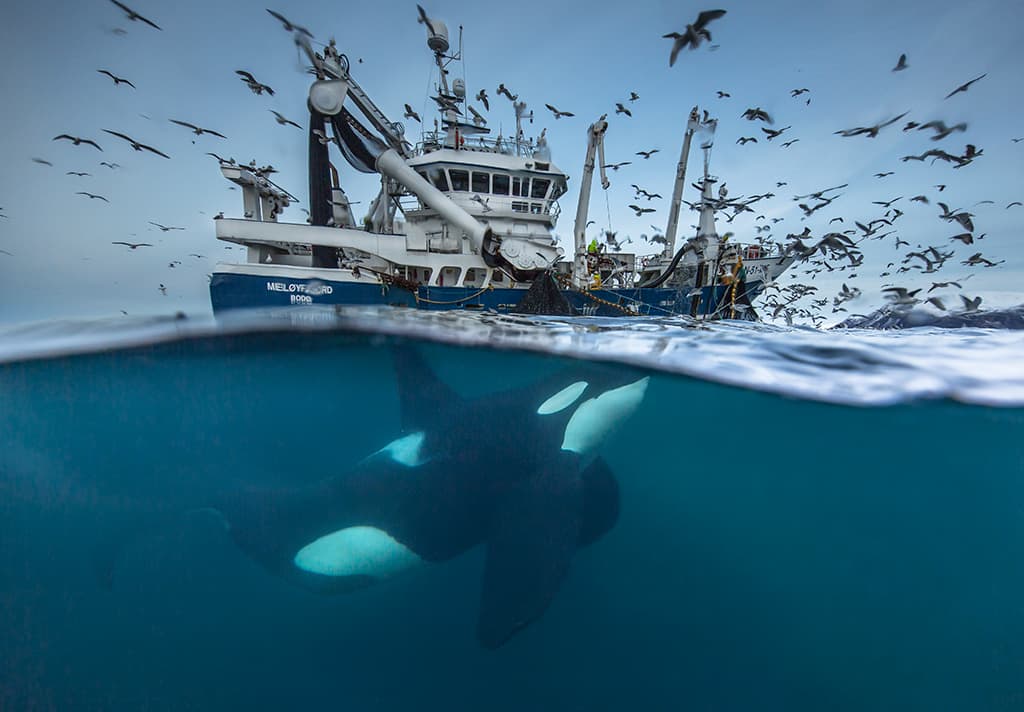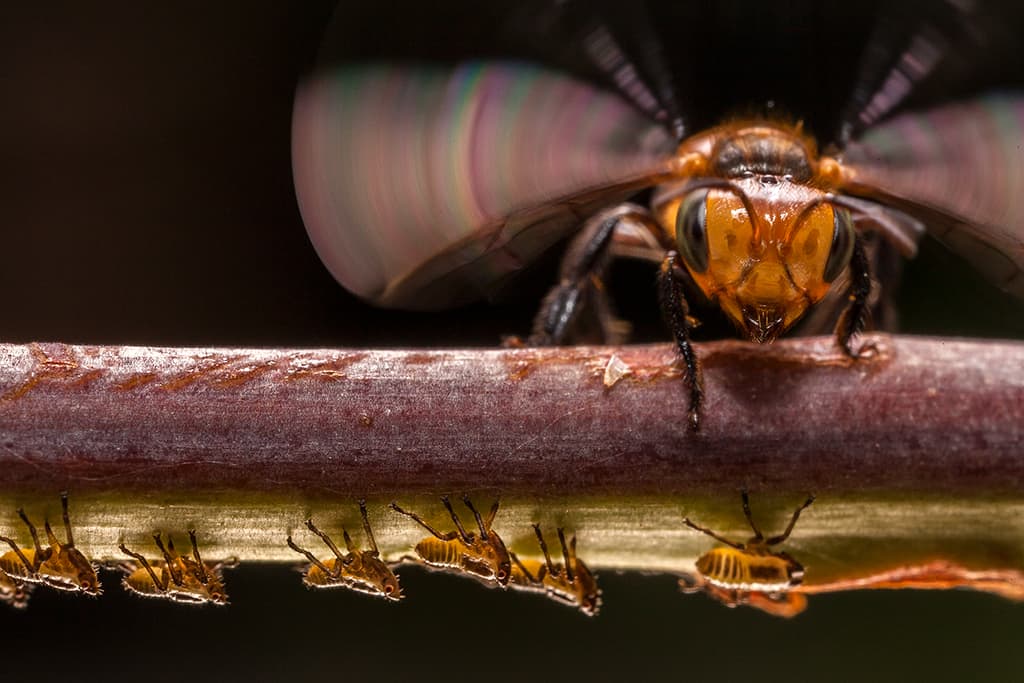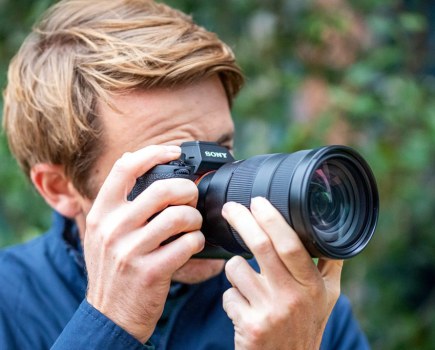Wildlife Photographer of the Year has announced its prestigious international jury and entry fee waiver for 50 countries ahead of 2022 open call for entries
The Natural History Museum’s acclaimed Wildlife Photographer of the Year competition has announced the international panel of experts who have the challenging task of selecting just 100 winning images in the fifty-eighth edition. For the first time, entry fees will be waived for 50 countries to further encourage submissions from global regions that are currently under-represented in the annual competition.
Jury Members
A panel of seven professionals will be brought together online by the Natural History Museum in February 2022 to select 100 of the finest nature and wildlife images. Each entry will be judged anonymously, and on its originality, narrative, and ethical practice. The competition is open to photographers of all ages, nationalities and experience levels.

Desert Relic by Jen Guyton, Germany/USA. Winner 2018, Plants and Fungi / Wildlife Photographer of the Year
From urban wildlife to animal portraits, and photojournalism to plants and fungi, the 19 categories accommodate a wide range of interests and specialties. This year’s esteemed international jury are:
• Rosamund ‘Roz’ Kidman Cox OBE (UK), Chair of the Jury, editor, photo-editor and
writer (UK)
• Javier Aznar González de Rueda (Spain) wildlife photographer
• Dr Natalie Cooper (UK), researcher, Natural History Museum
• Sugandhi Gadadhar (India) wildlife filmmaker
• Jen Guyton (Germany/USA) photojournalist
• Anthony Ochieng Onyango (Kenya) conservation photographer and filmmaker
• Audun Rikardsen (Norway), nature photographer and Professor in Biology
Rosamund ‘Roz’ Kidman Cox OBE, Chair of the Jury, says ’the great range of categories provides an entry way in for anyone with a focus on nature and the environment. Whatever your photographic genre or creative style, if your images are fresh and original and have lasting power – pictures you can look at again and again – we want to see them.’
Dr Natalie Cooper, researcher at the Natural History Museum and jury member, says ‘I want to see images that showcase the incredible diversity and beauty of life on Earth. I’m hoping these images can inspire us to learn more about the world around us and encourage us to fight to preserve it.’

Splitting the Catch by Audun Rikardsen, Norway. Winner 2016, Wildlife Photojournalism / Wildlife Photographer of the Year
Winning images will reach an audience of millions through the exhibition at the Natural History Museum in London that goes on to tour internationally, the Museum’s digital platforms, global media coverage, and a limited-edition hardcover book. The overall Grand Title winner and young Grand Title winner will receive a substantial cash prize, and cash prizes have been reintroduced for the three category winners in the young competition.
Entry fee waiver for 50 countries
The fifty-seventh Wildlife Photographer of the Year competition received a record-breaking amount of entries from 95 countries. To further encourage entries from around the world, entry fees for the fifty-eighth edition will be waived for photographers who live in 50 selected countries.
The selection of countries is a result of multiple indicators that identify where the competition entry fee might be an economic barrier to enter.
The countries are: Afghanistan, Angola, Benin, Burkina Faso, Burundi, Cameroon, Cape Verde, Central African Republic, Chad, Comoros, Congo, Democratic Republic of the Congo, Eritrea, Ethiopia, Gambia, Ghana, Guinea, Guinea-Bissau, Haiti, Honduras, Lesotho, Liberia, Madagascar, Malawi, Mali, Mauritania, Mozambique, Nicaragua, Niger, Nigeria, North Korea, Papua New Guinea, Philippines, Republic of Côte d’Ivoire, Rwanda, São Tomé and Príncipe, Senegal, Sierra Leone, Somalia, South Sudan, Sudan, Swaziland, Syria, Tajikistan, Tanzania, Togo, Uganda, Yemen, Zambia and Zimbabwe.

Bee on Guard by Javier Aznar González de Rueda, Spain. Winner 2018, Wildlife Photographer Portfolio Award / Wildlife Photographer of the Year
Soraia Salvador, Head of Wildlife Photographer of the Year Programming says: ‘Wildlife Photographer of the Year is calling for more entries from global regions that are currently under-represented in the competition. The new entry fee waiver is another step in encouraging submissions from photographers in the 50 countries.
There are talented photographers working around the world, documenting and celebrating the diversity of nature and it is important this variety of perspectives, locations and approaches is reflected in the entries and winning images.
Wildlife Photographer of the Year are also particularly encouraging more entries from girls and women, and will reach out in the coming weeks to offer discounted entry to members of organisations that support diversity in wildlife photography.’
For full details about the jury, competition rules, prizes and important dates visit nhm.ac.uk/wpy
Wildlife Photographer of the Year is developed and produced by the Natural History Museum, London.
The fifty-eighth Wildlife Photographer of the Year competition will open for entries on Monday 18 October 2021, closing at 11.30am GMT on Thursday 9 December 2021.
Entrants to the adult competition may enter up to 25 images for a £30 fee, which increases to £35 in the final week of the entry period from 11.30am GMT 2 December to 11.30am GMT 9 December. Entry fees are waived for the adult competition for photographers who live in these
50 countries. Entrants aged 17 and under may enter up to 10 images for free.
Rules and categories will be translated into 13 languages: Chinese, Japanese, Russian, French, Arabic, Finnish, German, Korean, Polish, Spanish, Italian and Portuguese.
The winners of the fifty-seventh Wildlife Photographer of the Year competition will be announced via a public, virtual ceremony on Tuesday 12 October 2021.
Tickets are now on sale for the exhibition at the Natural History Museum in London, opening to the public on 15 October 2021. Associate sponsors for the upcoming exhibition at the Natural History Museum are renewable energy company Ørsted and non-alcoholic spirits brand Seedlip.
About Wildlife Photographer of the Year:
Wildlife Photographer of the Year was founded in 1965 by BBC Wildlife Magazine, then called Animals. The Natural History Museum joined forces in 1984 to create the competition as it is known today. The competition is now run and owned by the Natural History Museum.
Further reading
Our best-ever tips for wildlife photography







